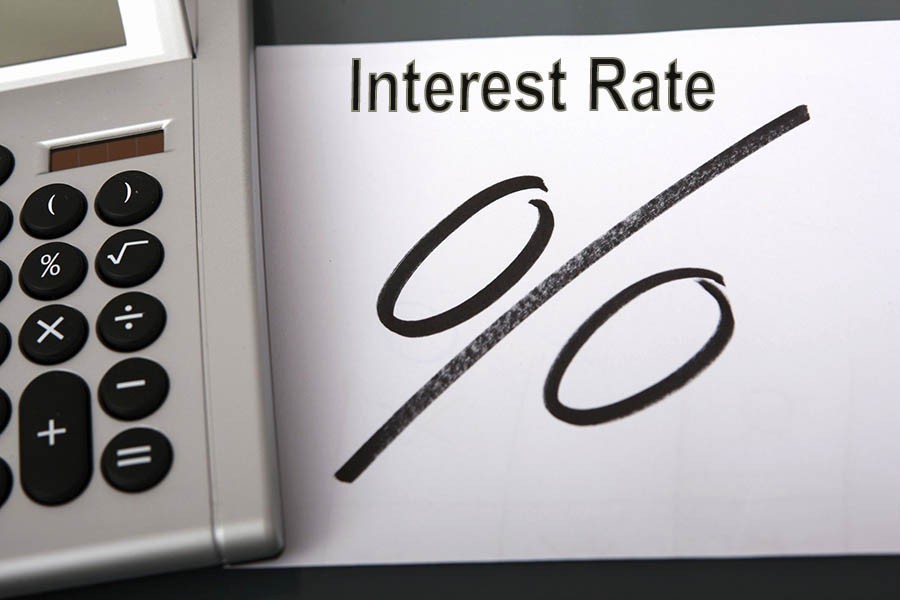The interest rate spread widened slightly in March last as the banks cut their deposit rates deeper than that of the lending ones, bankers have said.
The weighted average spread between the lending and deposit rates, offered by the scheduled banks, rose to 3.05 per cent in March 2021 from 3.02 per cent a month ago.
It was 4.07 per cent in March 2020.
"The existing trend in the spread may continue in the coming months if the inflow of excess liquidity persists," Syed Mahbubur Rahman, managing director and chief executive officer of Mutual Trust Bank Limited, told the FE on Sunday.
Senior bankers, however, predicted a further fall in the interest rates on fresh deposits in the coming months if the lower demand for credit particularly in the private sector continues.
The growth in the credit flow to the private sector came down to 8.79 per cent in March 2021 on a year-on-year basis from 8.93 per cent a month before because of the second wave of the Covid-19 pandemic.
The falling trend in the private sector credit growth is still continuing as businesses are following a 'go-slow' policy to avert possible risks, they added.
They also said most of the banks have already slashed their interest rates on all types of deposits because of the higher inflow of liquidity in the market, affecting the savers, particularly small ones seriously.
Talking to the FE, a senior executive of a leading private commercial bank (PCB) said small savers may divert their funds into the highly-risked capital market from the banking sector if the falling trend in the interest rates on deposits continues.
The weighted average interest rate on deposits fell to 4.40 per cent in March from 4.46 per cent in the previous month while such rate on lending came down to 7.45 per cent from 7.48 per cent, according to the Bangladesh Bank (BB)'s latest statistics.
The private banker also urged the authorities concerned to look into the issue immediately to ensure stability in the country's financial sector.
On the other hand, some banks are now offering lending rates within the range between 6.75 per cent and 8.00 per cent instead of 9.0 per cent, set by the central bank earlier, to their 'good paymasters' among the borrowers, according to the bankers.
The average spread with state-owned commercial banks (SoCBs) was 2.04 per cent in March, 3.18 per cent with PCBs, 5.54 per cent with foreign commercial banks (FCBs) and 1.76 per cent with specialised banks (SBs).
In April 2020, the spread dropped significantly to 2.92 per cent from 4.07 per cent in March following the implementation of the single-digit interest rate in the banking sector.


